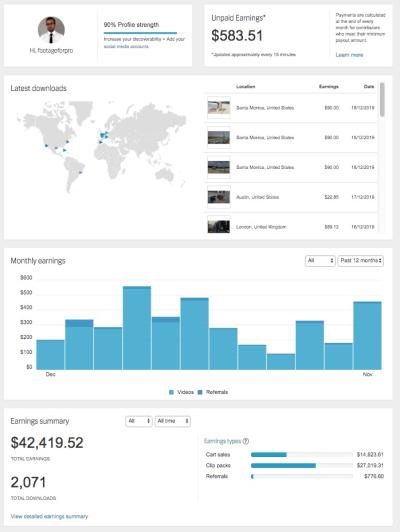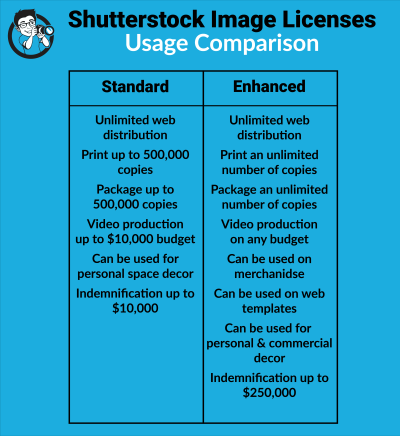Hey there! If you’re looking to spice up your blog or website with some eye-catching visuals, Shutterstock’s Blog Icons Kit might just be what you need. This kit offers a collection of stylish, ready-to-use icons designed specifically for bloggers and content creators. Whether you’re adding icons to guide your readers, highlight key points, or just make your content more engaging, these icons can make your work stand out. Plus, they’re super easy to incorporate, even if you’re not a design pro. Let’s dive into what makes this kit a game-changer for bloggers!
Benefits of Using Shutterstock’s Blog Icons Kit
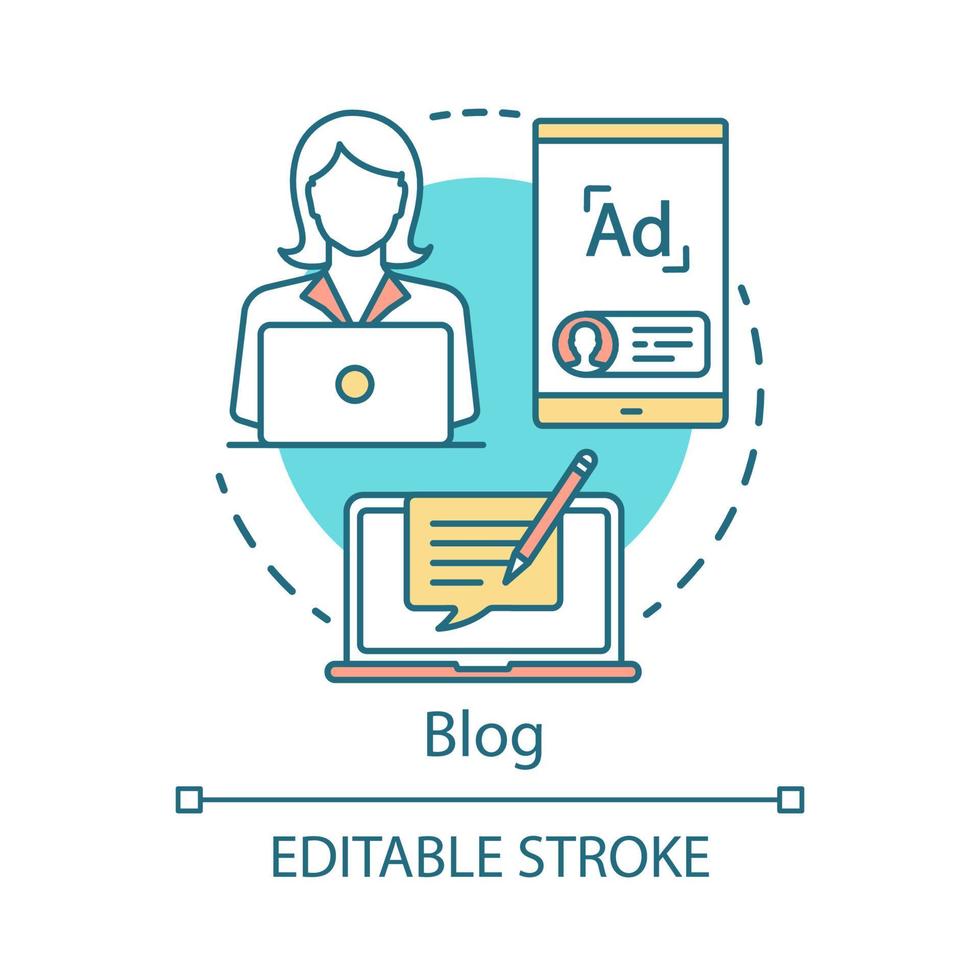
Using Shutterstock’s Blog Icons Kit comes with a bunch of advantages that can really elevate your content game. First off, visual consistency is key—these icons are designed to match each other perfectly, giving your blog a professional and cohesive look. That means no more mismatched graphics or awkwardly styled images.
Another huge perk is time-saving. Instead of hunting around for icons or creating them from scratch, you get a ready-made collection that’s just a click away. This allows you to focus more on creating great content rather than worrying about visual design details.
Additionally, these icons are highly customizable. You can easily change their size, color, or style to match your blog’s theme. This flexibility ensures your visuals complement your overall branding seamlessly.
Moreover, Shutterstock’s icons are high quality—crisp, clear, and professional-looking, whether you’re using them on a desktop or a mobile device. They help make your content more engaging, breaking up text and guiding your readers through your message.
Lastly, using a reputable resource like Shutterstock means you’re getting icons that are licensed properly. No worries about copyright issues—just download, customize, and use confidently.
All in all, the Blog Icons Kit is a simple yet powerful tool that can make your blog more attractive, professional, and reader-friendly. Who wouldn’t want to make their content more appealing with just a few clicks?
3. Steps to Access and Download the Icons Kit
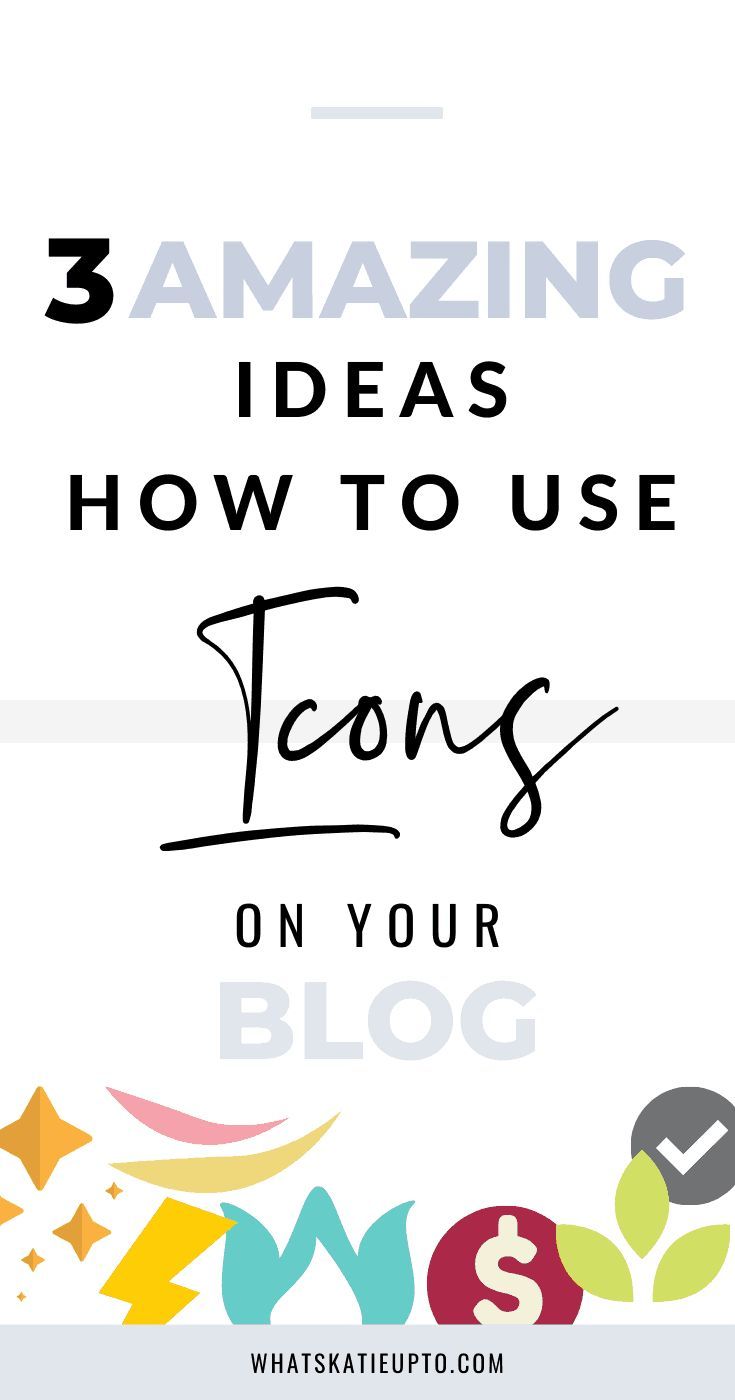
Getting started with Shutterstock’s Blog Icons Kit is easier than you might think. First things first, you’ll want to head over to Shutterstock’s website. If you already have an account, just log in — if not, creating one is quick and free! Once you’re in, navigate to the Assets or Resources section, where Shutterstock often features their latest tools and kits.
Look for the Blog Icons Kit — it might be highlighted on the homepage or listed under their Design Resources. When you find it, click on the link to open the kit’s dedicated page. You’ll see a brief overview of what’s included, along with some preview images so you can get a feel for the style.
Next, locate the Download Button. Depending on your subscription or licensing plan, the download might be free or require a small fee. If prompted, select your preferred file format (PNG, SVG, etc.) — SVG is great for scalability, while PNG works well for quick, simple use.
Once downloaded, save the icons to a dedicated folder on your computer — something like “Blog Icons” makes it easy to find later. And that’s it! You’re now ready to start customizing and using these icons in your blog posts.
Tip: Keep an eye on Shutterstock’s updates — they often release new icon sets or updates to existing kits, so subscribing to their newsletter or checking their resources page regularly can be a game-changer for fresh content.
4. How to Incorporate Icons into Your Blog Posts
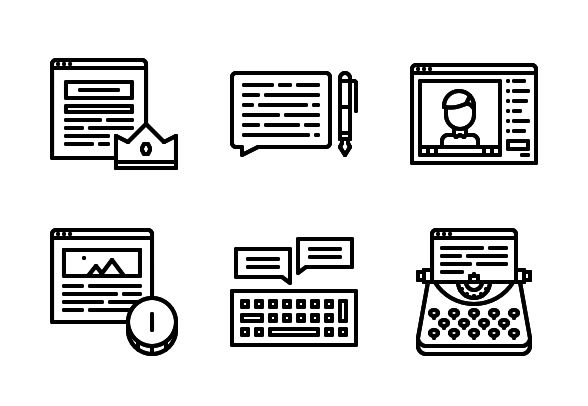
Now that you’ve got your icons downloaded, it’s time to make your blog posts pop by incorporating them effectively. The key is to use icons to complement your content — not overpower it. Here are some tips to help you do just that:
- Use icons to highlight key points: Instead of lengthy lists, add small icons next to each point to make your list more visually appealing and easier to scan.
- Break up text with visuals: A well-placed icon can serve as a visual cue for new sections or ideas, helping readers navigate your content smoothly.
- Maintain consistency: Stick to a particular style and color scheme for your icons so your blog looks cohesive. If the icons are monochrome or match your brand colors, it creates a unified look.
- Resize appropriately: Use image editing tools or your blog platform’s editor to resize icons so they don’t distract from the main text. Usually, small icons (around 16×16 or 24×24 pixels) work well inline with text.
- Use icons as buttons or links: Icons can act as clickable elements leading to additional resources, related articles, or calls to action. Just ensure they’re visually distinct enough to invite clicks.
Here’s a simple step-by-step to add icons to your blog post:
- Open your blog editor or content management system.
- Place your cursor where you want the icon to appear.
- Upload the icon file if you haven’t already (most editors have an upload function).
- Insert the icon and resize if necessary.
- Add some space around it — using margins or padding — so it doesn’t look cramped.
- Optionally, add alt text to improve accessibility and SEO.
Remember, the goal is to make your content more engaging and easier to understand. When used thoughtfully, icons can elevate your blog to the next level, making it not just more beautiful but also more user-friendly. Happy designing!
5. Tips for Customizing Icons to Match Your Blog Style
Customizing icons to fit your blog’s unique style can really make your content pop and create a cohesive look. Here are some practical tips to help you tailor Shutterstock’s Blog Icons Kit to match your brand’s personality and aesthetic:
- Choose the Right Color Scheme: Start by selecting colors that align with your blog’s palette. Whether you prefer vibrant, bold shades or soft pastels, adjusting icon colors can make them seamlessly blend into your design. Most icons are vector-based, so you can easily change their colors in tools like Adobe Illustrator or even in some online editors.
- Resize for Consistency: Keep your icons uniform in size to maintain visual harmony. Use design software to resize icons so they look balanced next to your text or images. Consistent sizing also helps with readability and overall aesthetic appeal.
- Add Effects or Shadows: Subtle effects like shadows or outlines can give icons more depth and make them stand out. Just be careful not to overdo it—simple tweaks can go a long way in enhancing your icons without cluttering your design.
- Combine Icons with Text: Sometimes, pairing icons with descriptive text helps clarify your message. Experiment with positioning—try placing icons before or after text—to see what feels most natural and engaging for your readers.
- Use Custom Illustrations: If you want a truly unique look, consider customizing icons further by adding your own illustrations or overlays. This can be done with editing tools, allowing you to incorporate your brand’s personality into each icon.
Remember, the goal is to make your icons feel like a natural extension of your blog’s style, so don’t be afraid to experiment until you find the perfect look!
6. Examples of Creative Uses of Shutterstock’s Blog Icons
Once you start exploring Shutterstock’s Blog Icons Kit, you’ll see just how versatile these little visuals can be. Here are some inspiring ideas on how to get creative with them:
1. Enhancing Listicles and Step-by-Step Guides
Use icons to mark each step or item in a list. For example, a checklist can feature icons like a pencil, checkmark, or lightbulb to make the list more engaging and easier to scan. This visual cue helps readers quickly grasp the flow of your content.
2. Adding Visual Cues in Call-to-Action Sections
Icons can draw attention to important buttons or links. For instance, a shopping cart icon next to a “Buy Now” button or a speech bubble near a comment section can subtly guide users toward the desired action, making your calls to action more inviting.
3. Creating Custom Infographics
Combine multiple icons to build informative infographics. For example, use icons representing different services, statistics, or features to create a visually appealing and easy-to-understand graphic. It’s a great way to present complex data simply and attractively.
4. Designing Unique Social Media Graphics
Icons are perfect for social media posts. Incorporate icons to highlight key points, add decorative elements, or create branded templates. For example, a series of icons representing different blog categories can help create a cohesive series of social media visuals.
5. Personalizing Email Newsletters
Use icons to break up text and add visual interest in your newsletters. Whether it’s a calendar icon for upcoming events or a heart for featured stories, these small touches can boost engagement and make your emails feel more personalized.
With a little creativity, these icons can do so much more than just fill space—they can help tell your story, improve usability, and make your blog stand out in a crowded digital world. So don’t hold back—play around with different ideas and see what works best for your content!
Conclusion and Final Tips for Using the Icons Kit Successfully
Incorporating Shutterstock’s Blog Icons Kit into your content can significantly enhance visual appeal and user engagement. To maximize its effectiveness, consider the following final tips:
- Choose the Right Icons: Select icons that align with your content’s message and maintain brand consistency.
- Maintain Visual Hierarchy: Use icons to highlight key points and create clear visual cues for readers.
- Optimize for Web: Ensure icons are properly sized and compressed to reduce load times without sacrificing quality.
- Use Consistent Style: Stick to a uniform icon style and color palette to ensure a cohesive look throughout your blog.
- Leverage Customization: Customize icons if needed — change colors, resize, or add effects to better fit your design.
Remember, the goal is to enhance readability and engagement without overwhelming your audience. By thoughtfully selecting and applying icons from Shutterstock’s kit, you can create visually compelling content that communicates your message effectively. Keep experimenting and refining your approach to find the perfect balance that resonates with your readers.

